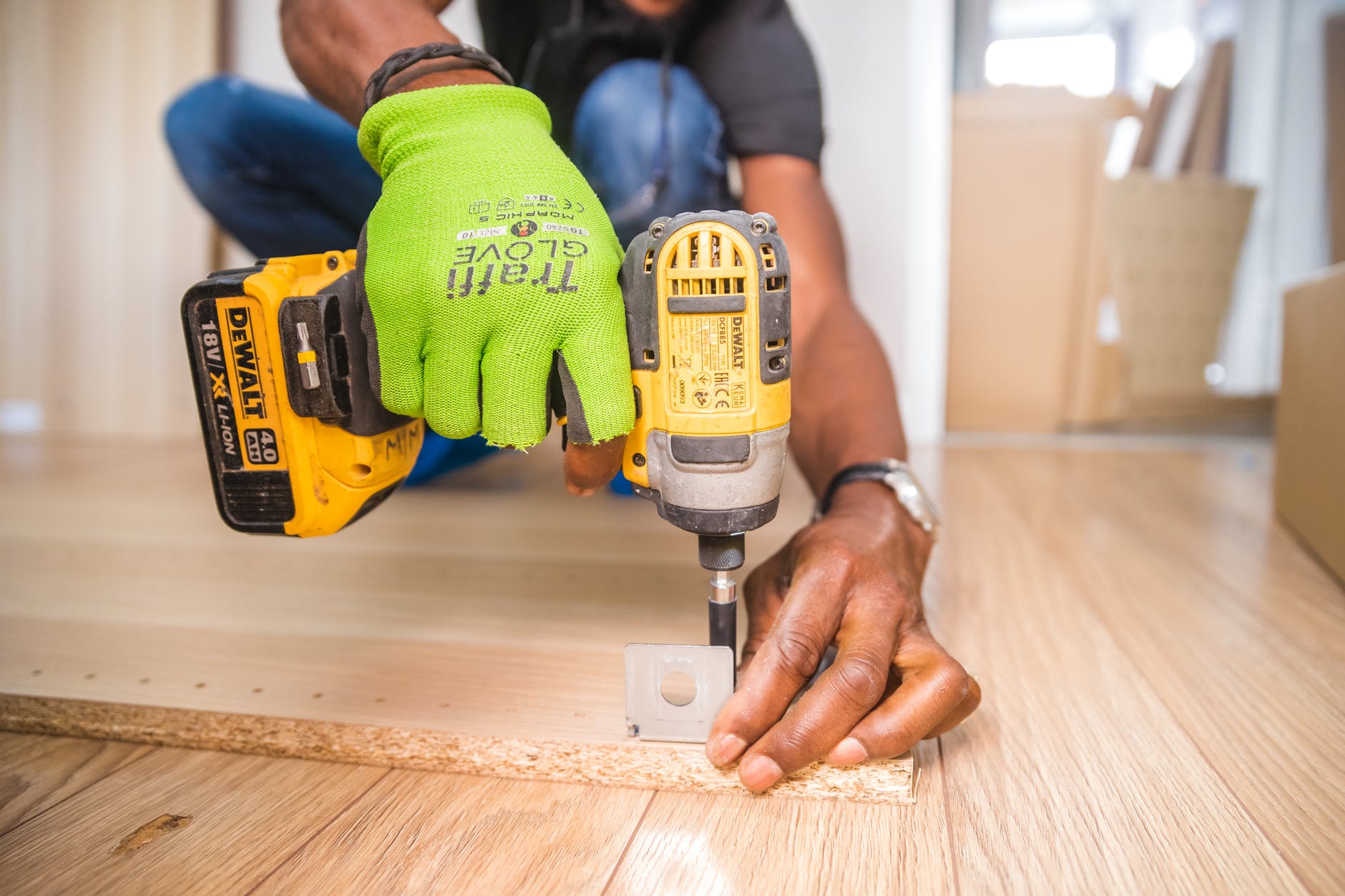
Chances are good that unless you have your dream house built for you, whatever house you finally purchase will need some work done. If you’ve managed to find the best house for you and your family and it is absolutely perfect in every way, shape, and form, you can skip this post. If you think that maybe the bathroom could use a facelift, or the family room needs a few extra square feet, or the kitchen needs an update (carpet in the kitchen is a bad, bad idea), then keep reading.
An FHA 203(k) rehab loan might be just the thing to get those renovations going. Not only are the eligibility terms more lenient, but there’s a low down payment of about 3.5%, and a 203(k) is usually combined with your home mortgage, meaning you have one payment for both the mortgage and the renovation. You also do not have to be a first time homebuyer to qualify, and if you can’t live in the home during the renovation, you might be able to finance up to six months of mortgage payments.
Common home improvement projects include room additions and expansions, updating kitchens and bathrooms, making the home more accessible for people with disabilities, refinishing floors, and waterproofing basements. Home owners can also use the HFA 203(k) loans to make their homes more energy efficient by updating plumbing and electrical systems, replacing windows, etc. What you want or need to improve will help determine what kind of 203(k) loan to apply for.
There are two kinds of FHA 203(k) loans, a Limited and a standard Consultant option. The Limited option covers minor improvements up to $35,000, does not include structural or luxury improvements, and repairs have to start 30 days after closing, plus finish within 6 months. The Consultant option is for those major renovations, like room additions, that will cost more than $35,000. Your lending professional will have more information about which option will best suit your needs.
